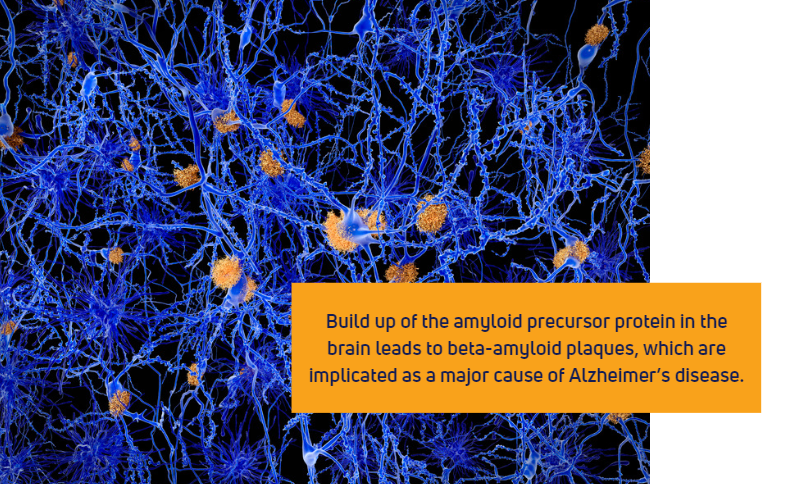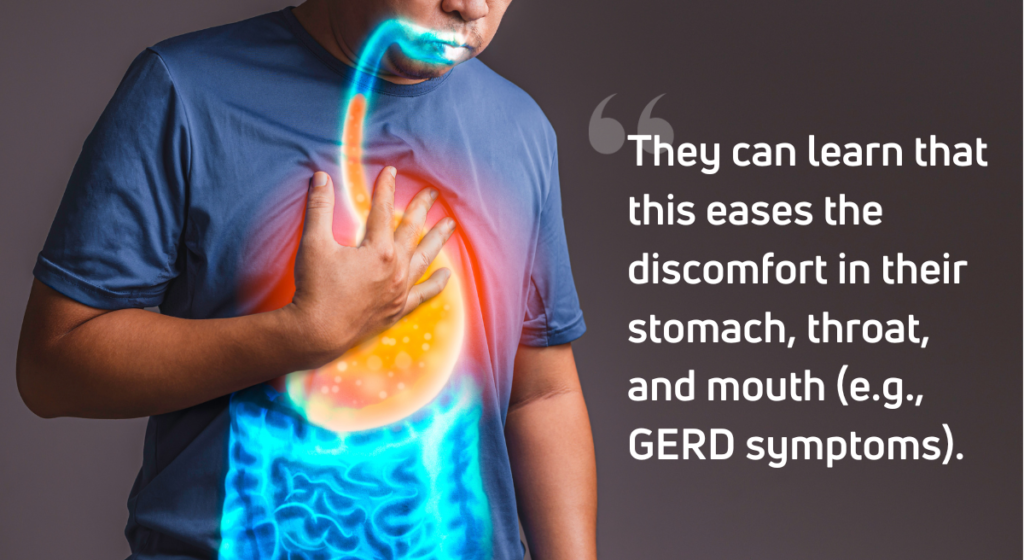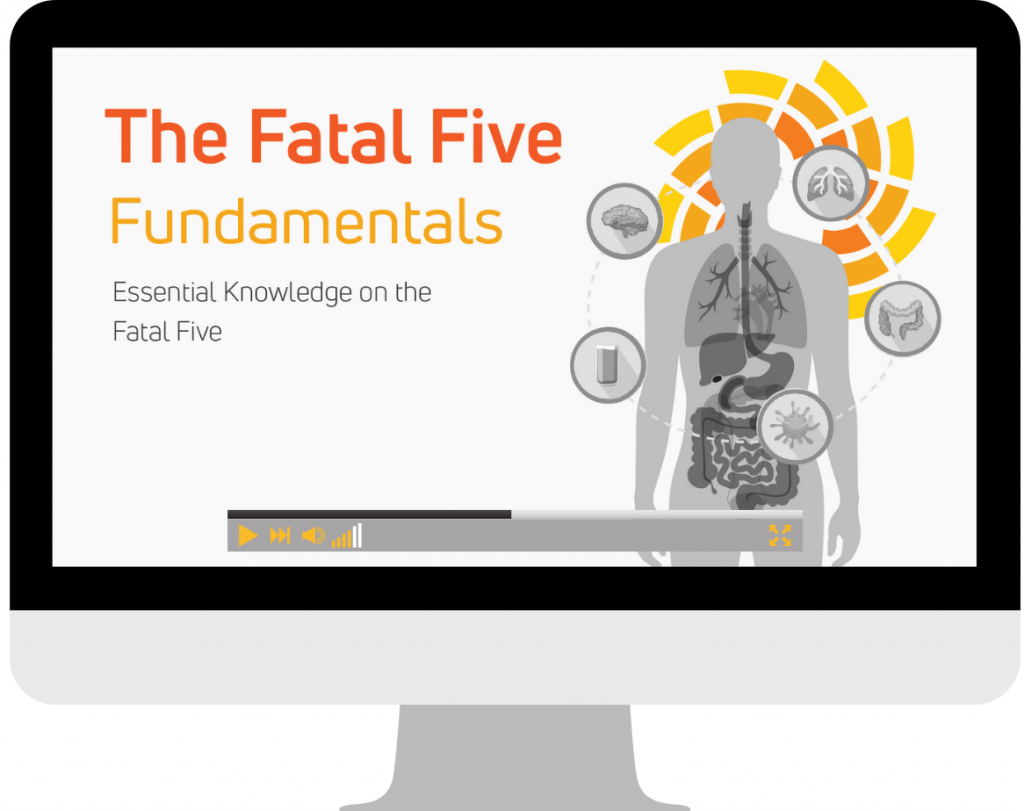How One Preventable Emergency Cost Over $450,000
How One Preventable Emergency Cost Over $450,000
Written by Craig Escudé, MD, FAAFP, FAADM

For people with intellectual and developmental disabilities (IDD), proper healthcare is essential to maintaining their quality of life. However, systemic barriers, medical neglect, and inadequate preventive care often lead to severe health complications that could have been avoided. One frequently overlooked issue is gut health, particularly constipation and bowel obstruction.
While constipation may seem minor, it can become a life-threatening emergency if not properly managed. This issue is especially critical for people with IDD who may have difficulty communicating their discomfort or rely on supporters for assistance. This case study, based on a real-life event, illustrates the devastating—and costly—consequences of neglecting constipation in people with IDD.
James’ Story: A Preventable Medical Crisis
James, a 42-year-old man with spastic quadriplegic cerebral palsy, lived in a residential care facility where he depended on staff for assistance with daily activities, including eating, mobility, and toileting. Due to limited mobility and medication side effects, James was at high risk for chronic constipation. Preventing this condition required a consistent bowel management routine, including a high-fiber diet, adequate hydration, stool softeners, and regular monitoring of bowel movements.
Over several weeks, he experienced worsening constipation, bloating, and abdominal pain. Unfortunately, due to staff shortages and inadequate medical oversight, James’s symptoms went unrecognized. His supporters assumed this was a minor issue and failed to seek medical attention until James began vomiting and showing signs of severe distress. By the time he was taken to the hospital, he had developed a complete bowel obstruction, a dangerous condition that required emergency surgery.
The Financial and Human Cost of Neglect
At the hospital, imaging revealed James’s intestines were severely blocked by stool, requiring urgent surgical intervention to remove the blockage. His recovery was complicated by an infection and prolonged hospitalization, including time in the intensive care unit (ICU). In total, James spent six weeks in the hospital, followed by a lengthy rehabilitation process. This resulted in significant, preventable suffering for James and his family. Additionally, the financial toll was immense:
- Hospital and surgical costs exceeded $300,000.
- Intensive care treatment added an additional $150,000.
- Follow-up care, including physical therapy and specialized nutrition, amounted to tens of thousands more.
All of this could have been prevented with simple, low-cost interventions: consistent bowel management and early medical attention.
How IntellectAbility’s Tools and Training Could Have Helped
James’s hospitalization was entirely preventable, and this is where IntellectAbility’s tools and training play a critical role. Their Health Risk Screening Tool (HRST) and education programs for supporters could have made a significant difference in James’s case.
- Health Risk Screening Tool (HRST)
The HRST is a scientifically validated tool designed to identify health risks before they become medical emergencies. If James’s supporters had used the HRST:
- His high risk for constipation and bowel obstruction would have been flagged early.
- Staff would have been alerted to implement proactive strategies such as dietary modifications, hydration tracking, and timely interventions.
- Preventive measures could have been incorporated into his individualized care plan.
- Supporter Training and Education
One of the biggest challenges in supporting people with IDD is inadequate staff training. Many supporters are unaware of the early warning signs of serious medical conditions. IntellectAbility provides specialized training to help supporters recognize and respond to potential health risks. IntellectAbility delivers this training through eLearning courses with low licensing costs to make this training easily accessible and affordable. If James’s supporters had received this training:
- They would have known that chronic constipation in individuals with disabilities is a serious concern requiring medical attention.
- They would have been trained to document and track bowel movements and respond appropriately to signs of distress.
- They could have escalated James’s condition to a healthcare provider before it became a medical emergency.
- Person-Centered Approaches to Health and Safety
IntellectAbility emphasizes a proactive, person-centered approach to healthcare. Its resources ensure that people with disabilities receive care tailored to their specific needs, preventing unnecessary hospitalizations and improving overall quality of life.
A Widespread, Preventable Issue
James’s story is not unique. Many people with disabilities suffer from preventable bowel complications due to:
- Lack of Proper Monitoring: Supporters may not track bowel movements regularly, leading to unrecognized constipation.
- Inadequate Training: Many direct support staff are not trained consistently to recognize early signs of bowel distress.
- Delays in Medical Attention: Symptoms of constipation and bowel obstruction can be overlooked or dismissed until they become life-threatening.
Bowel-related complications are among the most frequent preventable reasons for hospitalization among individuals with disabilities, yet they often receive little attention in healthcare discussions.
The Bigger Picture: A Call for Change
James’s costly hospitalization highlights a larger systemic failure. When preventable conditions like constipation are ignored, they escalate into medical emergencies that strain both the person and the healthcare system. By implementing tools like IntellectAbility’s high-value, low-cost HRST and eLearning training, many of these crises can be avoided.
No one should have to endure a life-threatening bowel obstruction because of unrecognized symptoms. James’s case is a stark reminder that simple preventive measures—such as proper risk assessment and well-trained supporters—can mean the difference between routine care and a medical emergency.
By prioritizing the health needs of individuals with disabilities and leveraging tools like IntellectAbility’s HRST, we can prevent unnecessary suffering and reduce the financial burden on the healthcare system.
The question isn’t whether we can afford to invest in better care, it’s whether we can afford not to.
Author Bio:
Dr. Craig Escudé is a board-certified Fellow of the American Academy of Family Physicians and the American Academy of Developmental Medicine and President of IntellectAbility. He has over 20 years of clinical experience providing medical care for people with IDD and complex medical and mental health conditions. He is the author of “Clinical Pearls in IDD Healthcare” and developer of the “Curriculum in IDD Healthcare,” an eLearning course used to train clinicians on the fundamentals of healthcare for people with IDD. He is also the host of the “IDD Health Matters” podcast.












